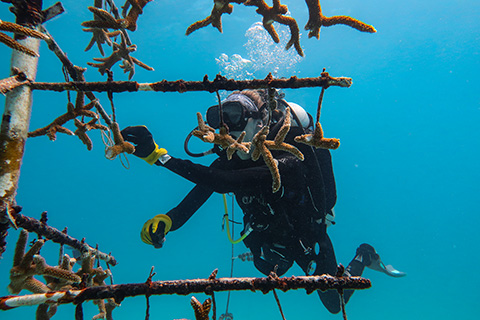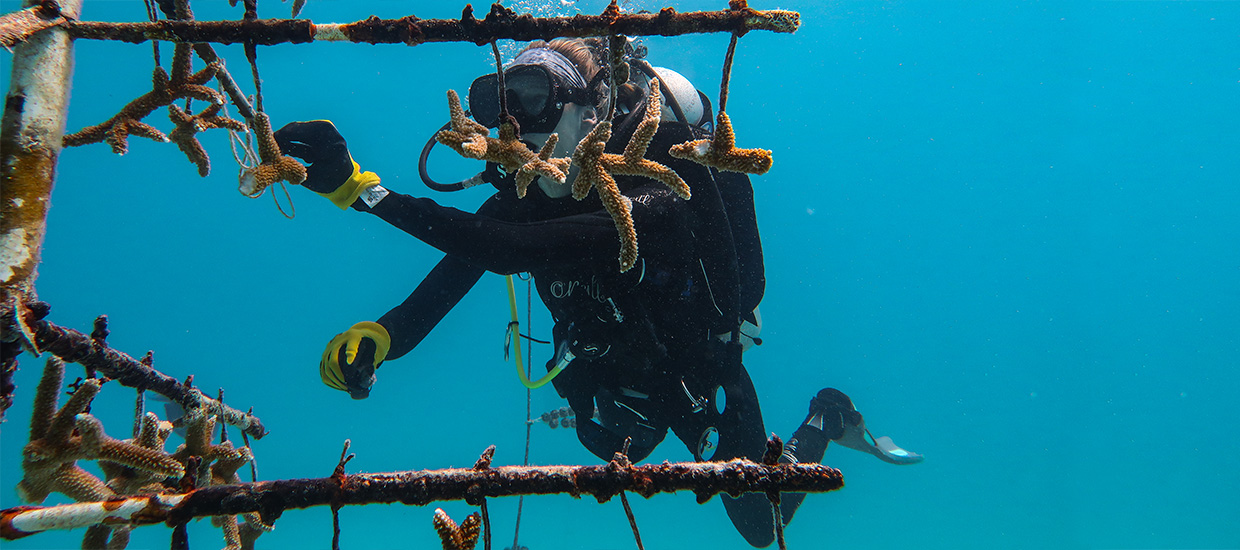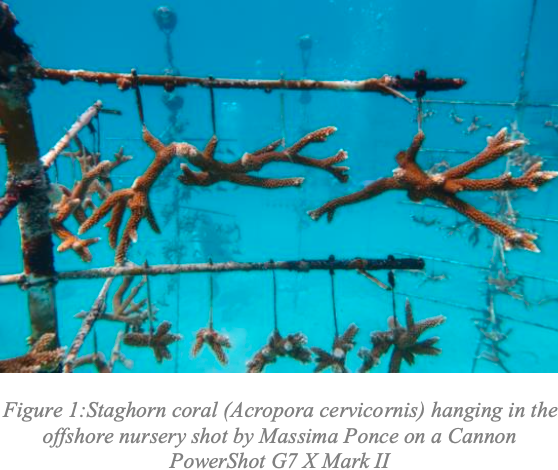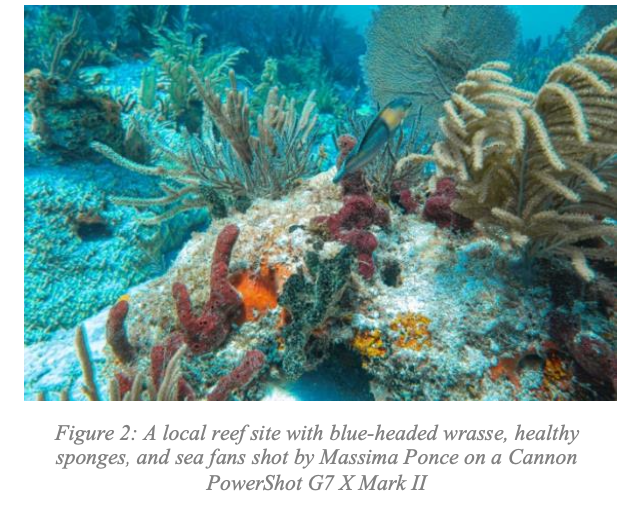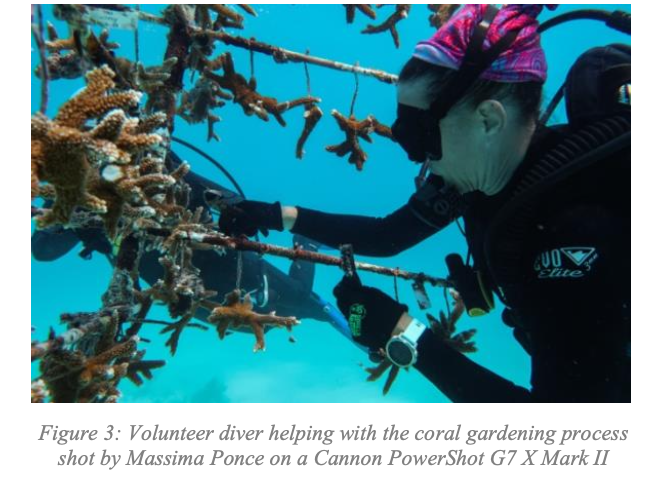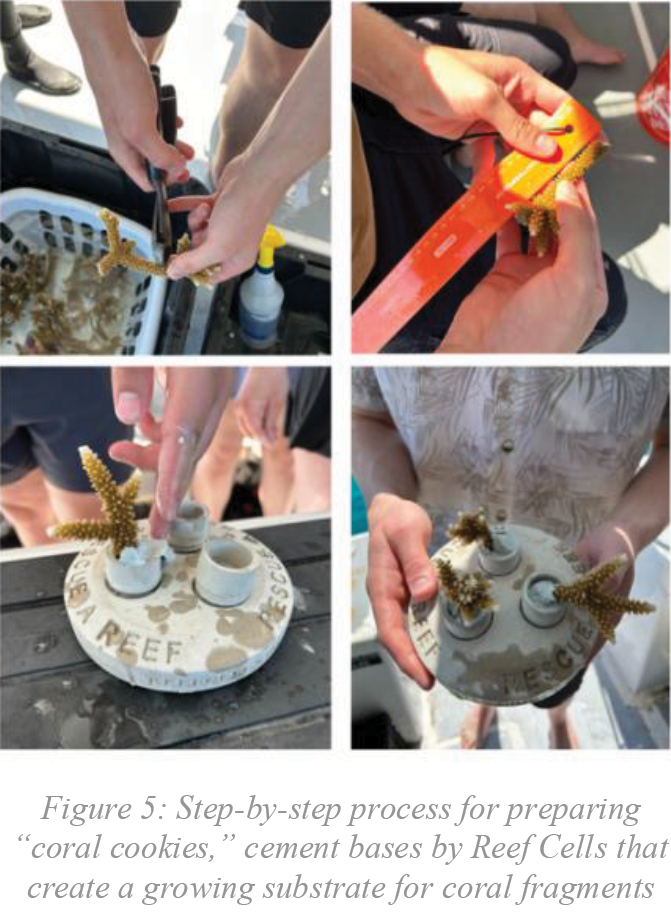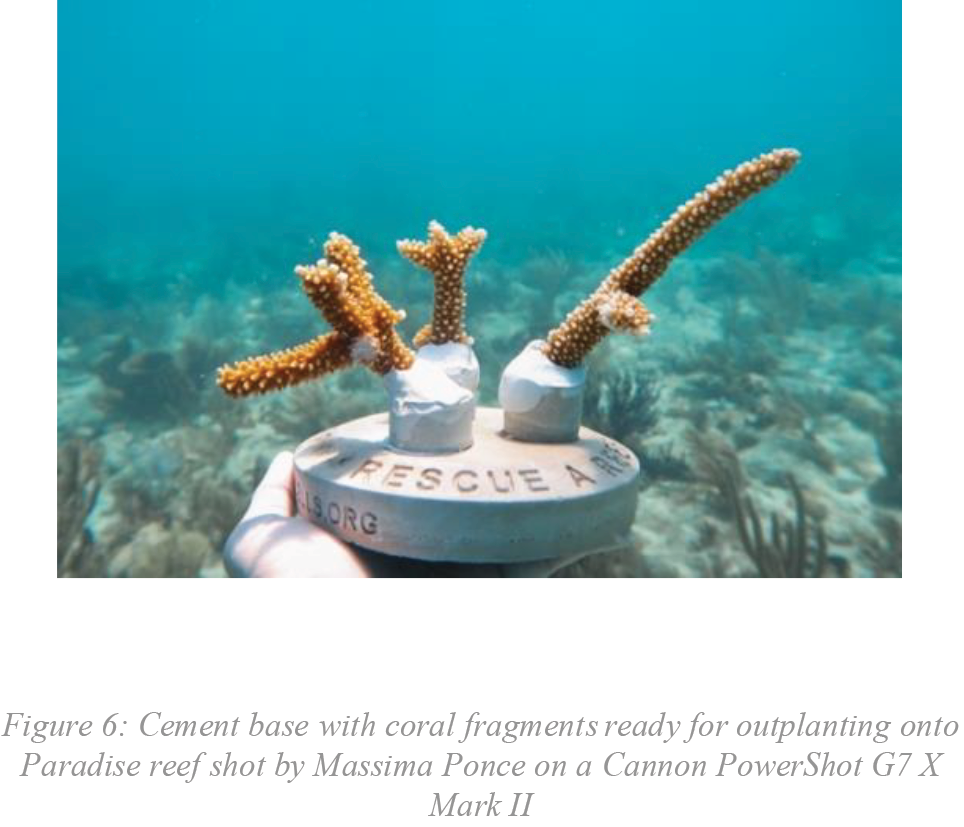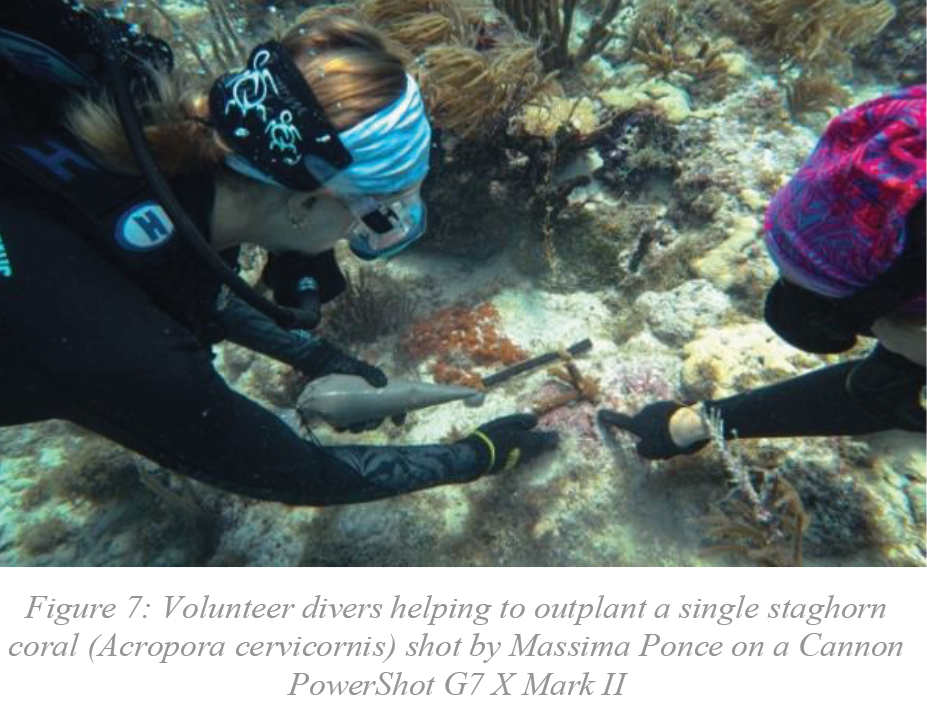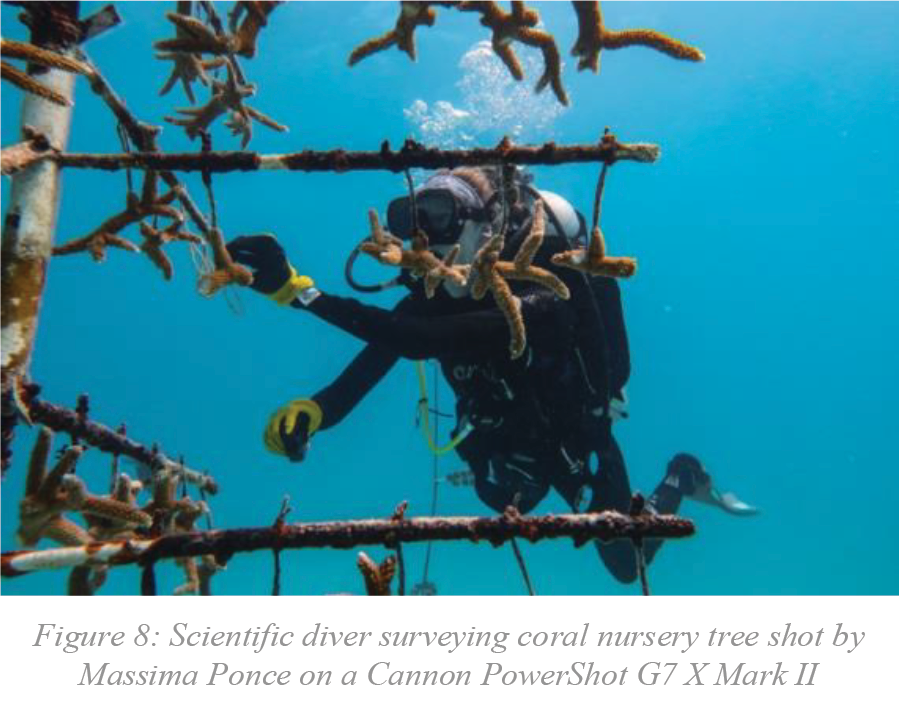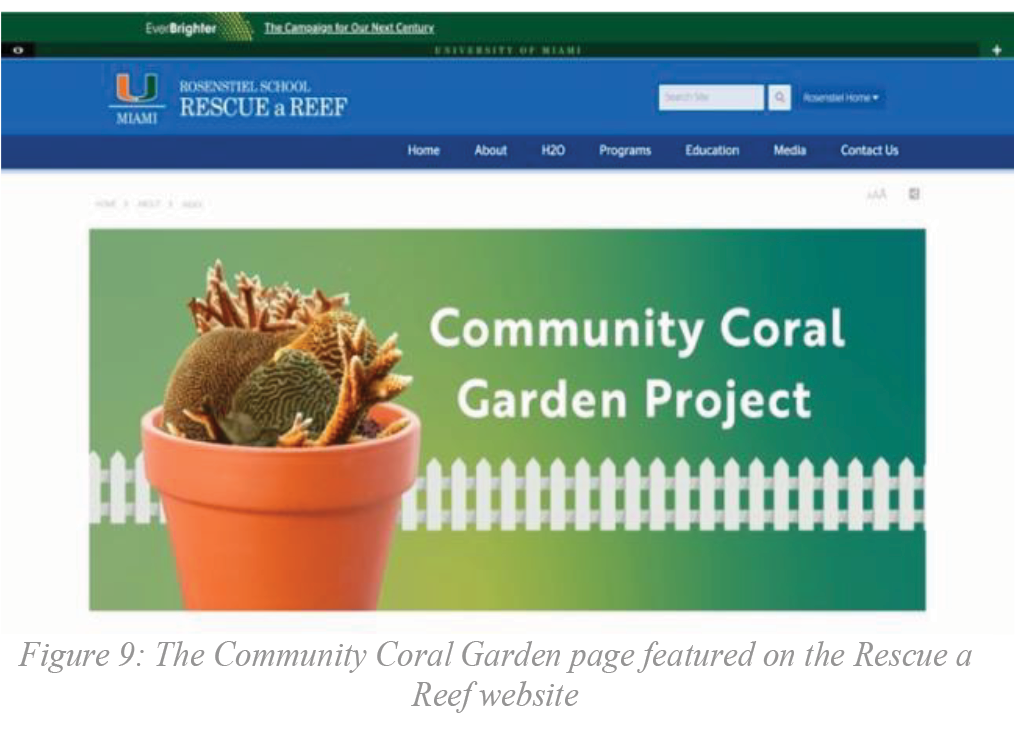References
(1) Hesley, D., Burdeno, D., Drury, C., Schopmeyer, S., & Lirman, D. (2017). Citizen science benefits coral reef restoration activities. Journal for Nature Conservation, 40, 94–99. https://doi.org/10.1016/j.jnc.2017.09.001
(2) US Department of Commerce, N.O.A.A. (2020, December 2). How do coral reefs benefit the economy?. NOAA’s National Ocean Service. https://oceanservice.noaa.gov/facts/coral_economy.html
(3) Beck, M. W., Losada, I. J., Menéndez, P., Reguero, B. G., Díaz-Simal, P., & Fernández, F. (2018). The Global Flood Protection Savings provided by coral reefs. Nature Communications, 9(1). https://doi.org/10.1038/s41467-018-04568-z
(4) Lirman, D., & Schopmeyer, S. (2016). Ecological solutions to reef degradation: Optimizing coral reef restoration in the Caribbean and Western Atlantic. PeerJ, 4. https://doi.org/10.7717/peerj.2597



